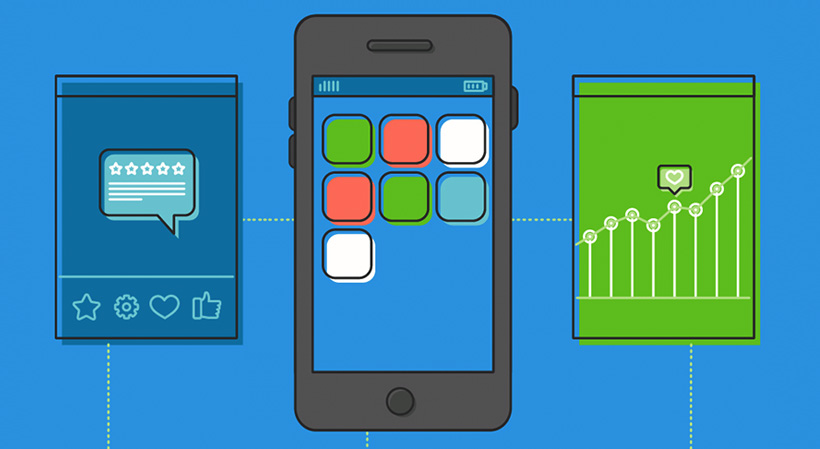Videoconferencing is not just for major corporations, nowadays. No longer do businesses need expensive and elaborate equipment run by a team of IT guys to make sure everything works.
It’s great when a company has all the bells and whistles, but not everyone connected to the video conference needs that.
Small Businesses
Technology has advanced to the point at which videoconference participants only need a laptop or mobile device with an Internet connection to participate in a meeting.
Entrepreneurs can increase their client base with videoconferencing. Financial planning is a field that can greatly benefit from use of technology, says Lisa Gerstner of Kiplinger. Not only are Millennials a good prospect for receiving financial planning advice via videoconferencing, but “snow birds” can use it as well. With America’s aging population, senior citizens are a big market for financial planners, and today’s seniors know how to use computers and cell phones; doctors can use videoconferencing to consult with their patients, according to the Huffington Post. The addition of video in this case can increase accuracy of a diagnosis as compared with phone call. Some medical insurers recently started covering areas of “telehealth.” Doctors who offer the option of video conferencing give their patients an easier way to see them. It sure beats driving to a doctor’s office, sitting in a big waiting room, moving to a smaller waiting room and finally seeing the doctor.
Growing Popularity
Why is videoconferencing catching on? According to Computer World, today’s technology makes it easier and more affordable to use. The cloud has solved many problems in recent years. With the Blue Jeans enterprise video platform and similar systems, companies and individuals can access and control a videoconference with up to 100 people from anywhere.
With a cloud-based videoconferencing service, a host just logs into his account, starts a meeting and sends out invitations. After the meeting starts, the host can do all kinds of stuff such as record, set up text chats, zoom in and analyze metrics.
Good Reasons
One great reason for using videoconferencing instead of dragging everyone in for a meeting is to avoid note taking and repetition. The videoconference can be recorded and viewed by all who need to see it by clicking on a link.
Like online college courses, videoconferences help avoid repeated questions and the “late guy” who has to be caught up. Participants can focus on the purpose of the meeting without being distracted by side conversations or habitual texters.
A recorded videoconference has an interesting advantage over traditional meetings. Participants can enforce accountability. If someone comes back days after the videoconference with a surprising different recollection of what was discussed and decided, others can refer him to the recording. “Yes, you said that. That was you.”
Collaboration often gets bogged down with delays and confusion when people try to do it over the phone or through instant messages or email. A small videoconference can break through the noise and allow participants to share ideas in real time and ask questions. It’s all there, the people and the charts.
Of course, videoconferencing saves corporations time and money, but it can do the same for entrepreneurs. Cloud-based services allow participants to work from almost anywhere and accomplish more.
Not the Usual Advice
Assuming anyone reading about videoconferencing should already know to
- Position the camera at eye level or higher
- Have a fast internet connection
- Avoid an awkward background
- Use good lighting
- Test everything beforehand
Let’s concentrate on some more subtle ideas. Sarah Cooper listed some tricks on Medium that can make videoconference participants look smarter.
Not only should the area behind your look uncluttered, it’s a good opportunity to show off leadership books in a bookcase or display a company logo on a mug or some other inanimate object.
Eating while on a videoconference is not automatically considered rude. Cooper advises participants announce to the group that they were so busy, they didn’t have time to eat. Just don’t overdo it by talking with a full mouth or eating loudly. Remember your teeth and anything on them are visible.
Showboating on a videoconference can be just as annoying as it is in the board room. Casually mentioning the odd time zone you’re calling from can give other participants perspective, but don’t expect applause. Holding children or pets up for the camera might be cute for a moment, but that easily can backfire in an annoying and distracting way.
This goes back to testing. Don’t try to show off by experimenting with the latest video watch during the videoconference. The Cooper Review has an infographic listing suggestions for looking smarter during videoconferences, but they’re mostly meant as jokes, so be aware the audience before trying to prank the group. Some videoconference jokes just make people look incompetent.






